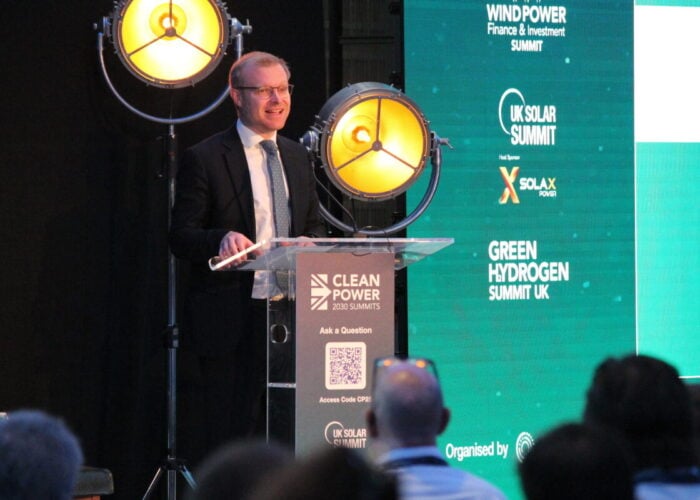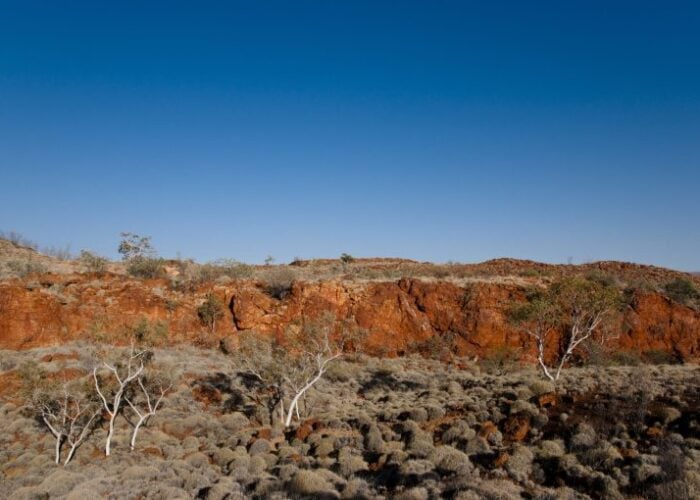Wind consultancy firm RWDI, in collaboration with tracker system specialist Soltec, have developed a new method for comprehensive dynamic analysis in tracker wind-design to give the stability needed to a PV power plant installed at an extreme location or exposed to high winds. Dy-WIND is a combination of DAF + FAM + BAM as a new standard in tracker multi-array design analysis.
Problem
Unlock unlimited access for 12 whole months of distinctive global analysis
Photovoltaics International is now included.
- Regular insight and analysis of the industry’s biggest developments
- In-depth interviews with the industry’s leading figures
- Unlimited digital access to the PV Tech Power journal catalogue
- Unlimited digital access to the Photovoltaics International journal catalogue
- Access to more than 1,000 technical papers
- Discounts on Solar Media’s portfolio of events, in-person and virtual
Extreme winds can damage the tracker structure and produce extra structural costs for a PV power plant. Several studies have shown that the current regulations applicable to solar trackers are not sufficient to size these structures, since they do not consider the second order effects produced by the action of the wind when it impacts the in-situ tracker. To prevent structural failures, it is necessary to take several factors into consideration and to use new methodologies that can quantify the response of these structures, preventing possible failures by means of a suitable design.
Solution
Using computational calculations and CFD simulation models, it is possible to create 3D numerical models that, with great precision, reproduce the structural behaviour of solar trackers when subjected to wind loads as would be encountered in the field. These 3D numerical models are complemented and validated by wind tunnel tests using scaled rigid models and pressure collectors, which enable the pressure coefficients on the PV power plant to be obtained accurately and, importantly, to include the structural response moments for different tilt tracker angles and different wind angles of incidence. The Dy-WIND product is a code-challenging analysis method applied to solar tracker wind-design, based on accurate wind-loading analysis. Dy-WIND is a combination of DAF (Dynamic Amplification Factors) + FAM (Fluttering Analysis Method) + BAM (Buffeting Analysis Method) as a new standard in tracker multi-array design analysis. The Dy-WIND system counts on several implementations to make it resistant to high winds. These dynamic considerations significantly increase loads perceived by the tracker, compared to the previous standard static scenario. There are several wind-stow strategies technically viable for single axis tracking technologies. However, it is necessary to evaluate the wind loads, the topography and the dimensions of the trackers to determine the most suitable for a specific project, as not all of them would be feasible. The traditional zero degree strategy is safe, yet the data collected from Soltec’s tests recommends a 45 degree stow strategy as being more suitable for current market trends, notably large-area modules of 72-cell configurations and above with weights in the 30kg range.
Applications
In order to fully study the wind effects on the tracker structure, several phenomena such as wind fluctuation and turbulence must be considered. The fluctuation portion of wind loads is due to wind turbulence and the dynamic response of the structure. The inertial loads due to resonant vibration can add significantly to the fluctuating wind loads. This system helps to give the stability needed to a tracker deployed PV power plant installed at an extreme location or exposed to high winds.
Platform
The Dy-WIND design counts on robust piles and robust mounting rails for modules. The system contains a reinforced slewing drive with specialized features and stronger torque-tubes to improve stiffness. The section coupler assembly increases tube stiffness with optimized specifications for material, cross-section and fastening. The rotation Bushings on simple piles regulate torque-tube frictional stress, making for a more rigid structure against torsion. Soltec has incorporated Dy-WIND in the design of its tracker systems, such as the SF7 and SF7 Tandem single-axis trackers.
Availability
Currently available.
PV Tech is hosting a TechTalk Product Series webinar with Soltec and RWDI to provide further insight into the design requirements of utility-scale PV power plants deploying tracker systems in the new-era of large-area utility-scale PV panels and the impact on systems experiencing high-wind loads.
Title: Eliminating catastrophic PV tracker system damage due to extreme wind conditions
Thursday, July 30th, 2020 – 4:00 PM (BST)
More information and free registration can be found here.







